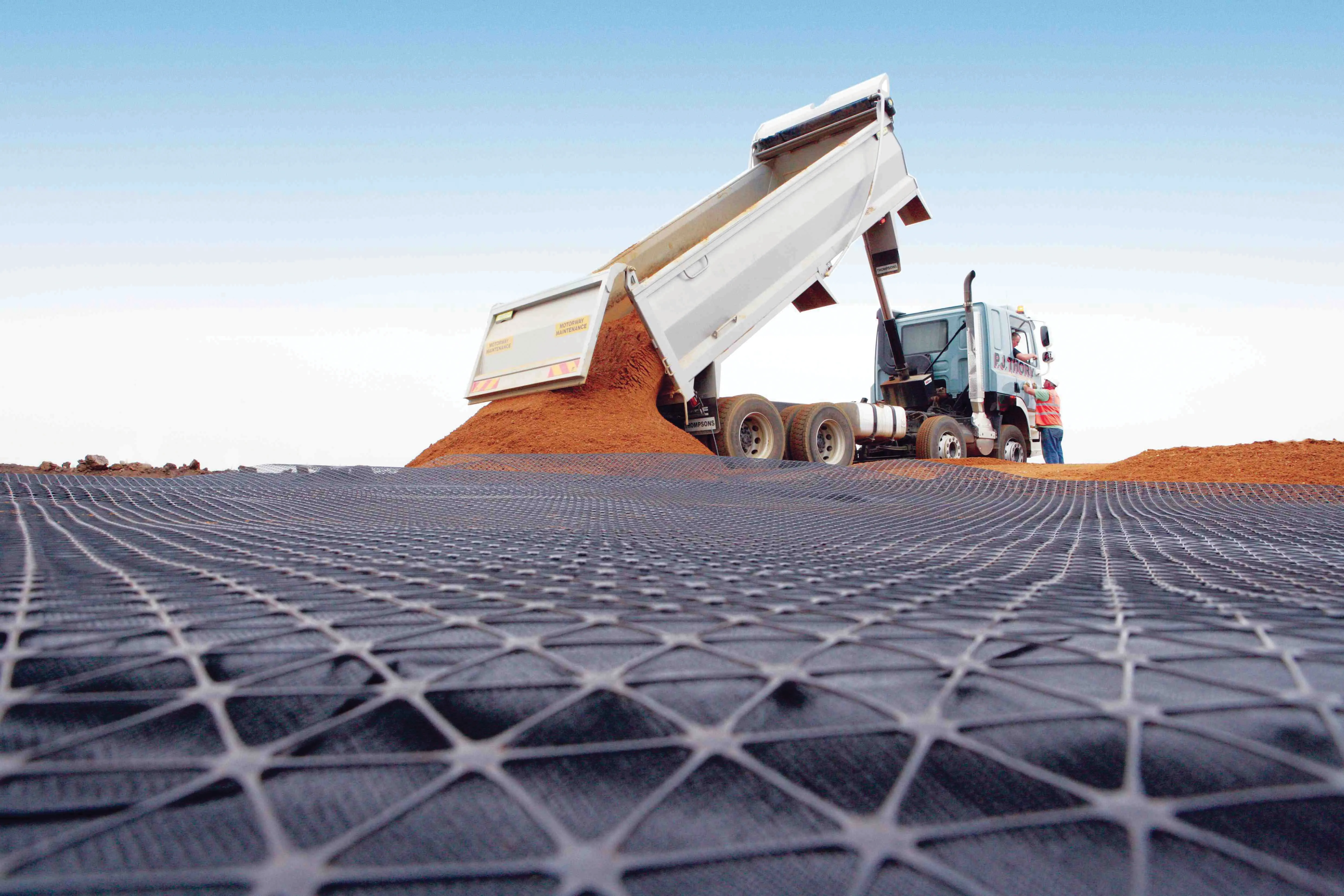A new report from the US-based market research specialist the Freedonia Group suggests that worldwide demand for geosynthetics is projected to increase 8.3% annually to 4.5 billion m2 in 2015
March 1, 2012
Read time: 2 mins
A new report from the US-based market research specialist the 2821 Freedonia Group suggests that worldwide demand for geosynthetics is projected to increase 8.3% annually to 4.5 billion m2 in 2015. This growth rate represents an increase in demand from the gains of the 2005-2010 period, reflecting in part the reduced bases of the developed countries in 2010. Advances will be driven by increasing use of geosynthetics and the large-scale construction plans in place in many developing countries, according to the report.
In 2010 the construction market accounted for the largest share of geosynthetics sales (34%). The World Geosynthetics study says that in 2010, North America was the largest regional market, accounting for 31% of global sales. The US is the world’s largest market, with one-quarter of total sales in 2010. The US construction sector, which is expected to rebound through 2015 from a low 2010 base, as well as the need to maintain its large transportation infrastructure.
The Asia/Pacific region was only slightly smaller, accounting for 30% of global geosynthetics sales in 2010. However, this region is projected to achieve the fastest growth rate through 2015, primarily driven by China, where sales are expected to more than double by 2015. China is expected to account for nearly half of new global demand generated between 2010 and 2015, primarily due to its amount of available land, its on-going development of large-scale infrastructure projects, and its need for erosion control.
For similar reasons, India is also expected to post double-digit annual growth through the forecast period, with sales nearly doubling by 2015, although from a much smaller base.
Western Europe and Japan are fairly comparable to the US in terms of the level of maturity of their respective geosynthetics markets, as well as the type of regulatory environment. Demand in both of these areas is expected to rebound from a reduced 2010 base, benefiting from improved construction activity and the high level of concern in the region for environmental protection. However, gains are expected to be the slowest among all regions through 2015.
In 2010 the construction market accounted for the largest share of geosynthetics sales (34%). The World Geosynthetics study says that in 2010, North America was the largest regional market, accounting for 31% of global sales. The US is the world’s largest market, with one-quarter of total sales in 2010. The US construction sector, which is expected to rebound through 2015 from a low 2010 base, as well as the need to maintain its large transportation infrastructure.
The Asia/Pacific region was only slightly smaller, accounting for 30% of global geosynthetics sales in 2010. However, this region is projected to achieve the fastest growth rate through 2015, primarily driven by China, where sales are expected to more than double by 2015. China is expected to account for nearly half of new global demand generated between 2010 and 2015, primarily due to its amount of available land, its on-going development of large-scale infrastructure projects, and its need for erosion control.
For similar reasons, India is also expected to post double-digit annual growth through the forecast period, with sales nearly doubling by 2015, although from a much smaller base.
Western Europe and Japan are fairly comparable to the US in terms of the level of maturity of their respective geosynthetics markets, as well as the type of regulatory environment. Demand in both of these areas is expected to rebound from a reduced 2010 base, benefiting from improved construction activity and the high level of concern in the region for environmental protection. However, gains are expected to be the slowest among all regions through 2015.







